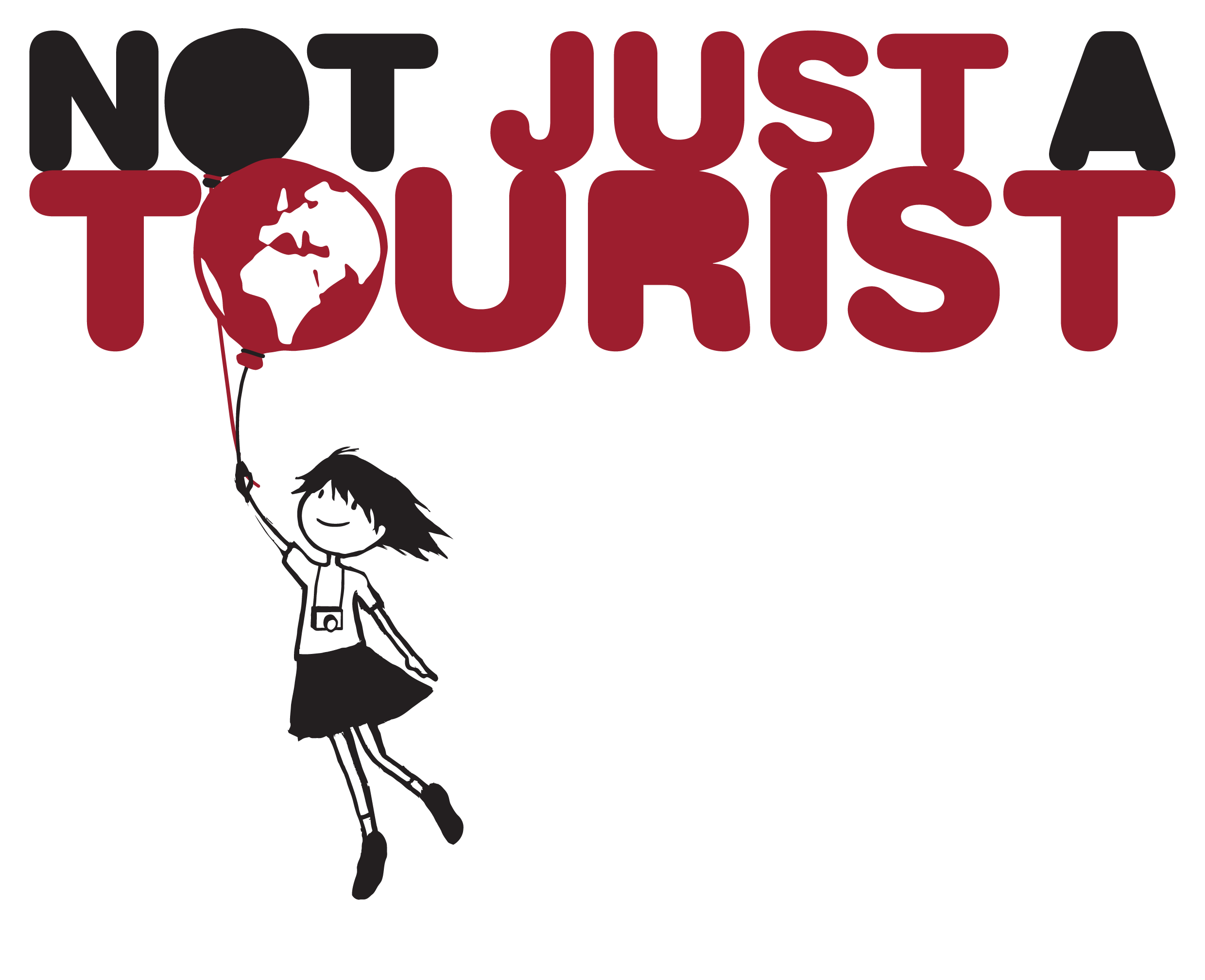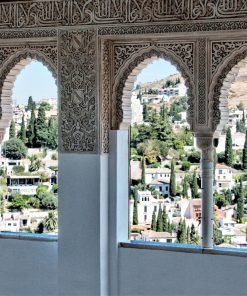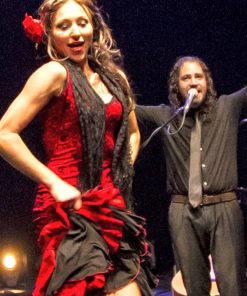What are the Best Festivals in Seville?
The south of Spain really knows how to party. Although Spring is when the region really comes alive, you can head here any time of year and be sure of finding some festival or other. The capital of the region is Seville, and so naturally most of the festivities take place here. But were you to limit your partying to just the city, you’d miss out on so much. Just a short drive from the city opens up a whole new world of fiestas. We’ve taken it upon ourselves to introduce you to some of the finest. What follows is our countdown of the ten best festivals in Seville, or nearby.
10 – Halloween (All Saints Day) – 1st November, Seville and Cadiz
One of the most important public holidays in Spain, the feast of all the Saints is a day used to remember all dead family members. This is why in Mexico it’s known as Day of the Dead. Roasted chestnuts and almond cakes are traditionally eaten, and cemeteries are crowded with people building elaborate floral displays on top of graves. One of the most family-friendly places to enjoy the best festivals in Seville is Isla Magica. For All Saints Day, it puts on immense Halloween themed shows and rides. However, for those seeking a more traditional event, Cadiz is the place to go. Colourful markets and processions fill the streets of the beach town throughout 1st November.
9 – Corpus Christi – 31st May, Seville or Granada
In terms of festivities, this can be thought of as the little brother of Easter. Corpus Christi is, in actuality, the Catholic celebration of the real presence of the body and blood of Jesus during mass. It celebrates the transubstantiation of the bread and wine turning into Jesus’ body and blood. Although originally a modest affair, over time this festival has evolved into one of the best festivals in Seville. Granada is also well known for its Corpus Christi events. In both cases, festivities centre around a procession. The whole of Seville goes into overdrive for the procession, with every balcony and spare inch of land decorated to impress during the parade. The centerpiece is a giant archway on Plaza San Fransisco, but the balcony decorating is also a serious event. The act has become so competitive that now a jury awards prizes for the best-decorated balconies.

8 – Bienal de Flamenco – September, Seville/Malaga
Have you ever dreamed of watching an authentic flamenco performance? Or even learning how to dance yourself? Well, then Seville is the place for you! No one knows for sure where flamenco was born, but it was certainly in southern Spain, and likely in Seville. As such, Seville has some of the best flamenco in the world. What’s more, every September, Seville, and Malaga alternate hosting one of the world’s largest flamenco festivals. The best flamenco musicians and dancers from around the world congregate for the Bienal de Flamenco every autumn. If you’re interested in dancing, then you’ll probably argue this should be higher in our list of the best festivals in Seville!
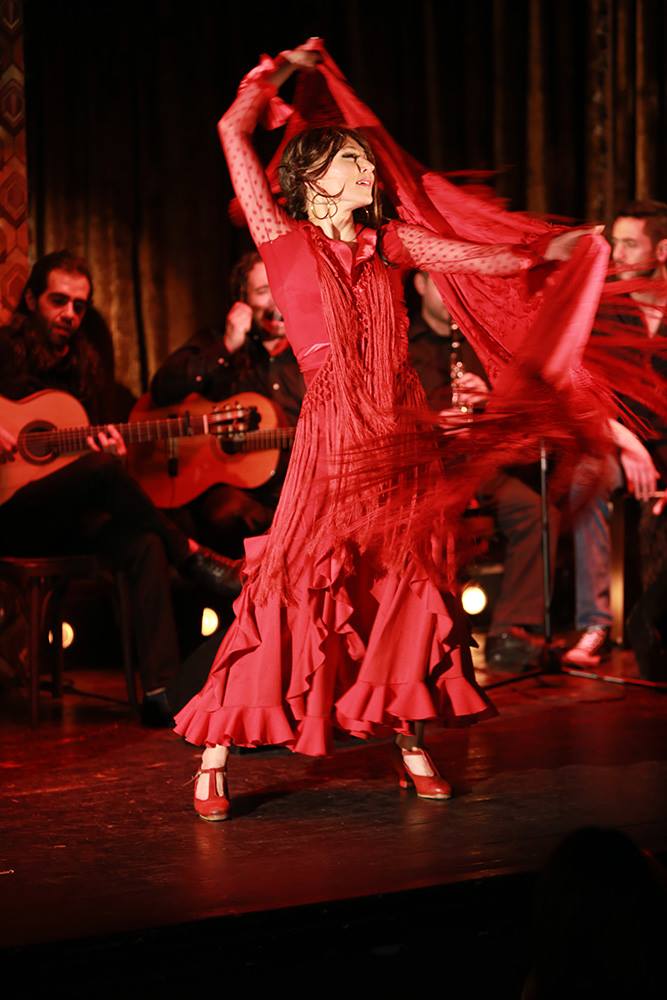
7 – Feria de Triana – Seville
La vela de Santiago y Santa Ana is the day to celebrate the patron saint of Triana. Historically a very independent part of Seville, Triana takes pride in Santa Ana, even nicknaming Santa Ana church Triana Cathedral. When it comes to Saint Anne’s day, Triana has their Feria. A smaller version of the famous Feria de Abril, this is without doubt one of the best festivals in Seville. Partygoers head to Calle Betis, alongside the river, where all week long they will eat, drink and dance. What makes this fair notable, however, is la Cucaña. Essentially this event sees participants go out onto a barge on the river and try to run up a greasy pole to grab a flag at the end. Watching people fall into the cold river is surprisingly fun.
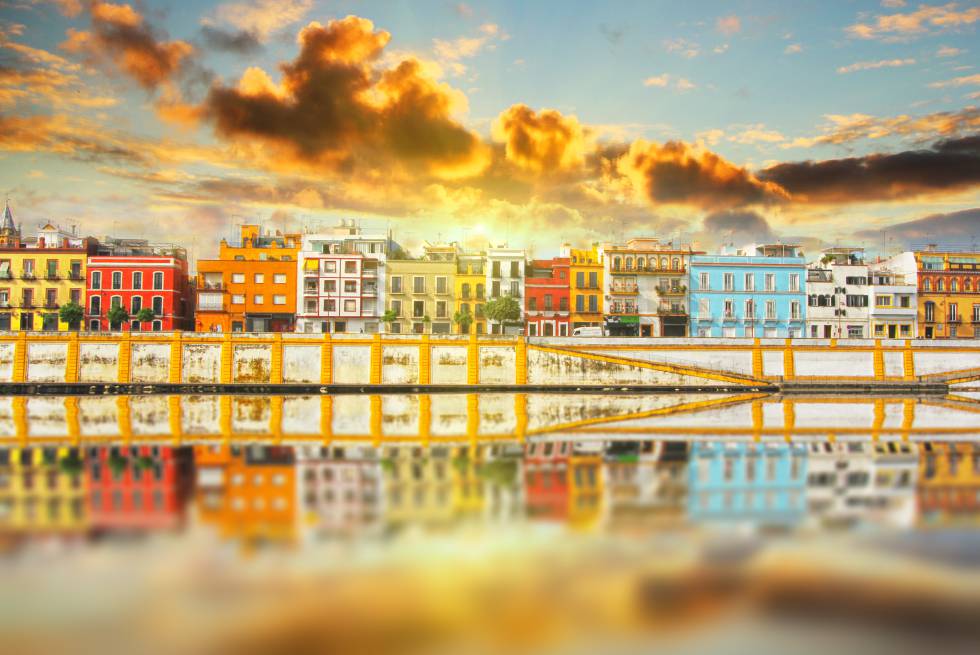
6 – Carreras del Caballos – Middle of August, Sanlucar de Barrameda
The middle two weekends of August sees the beach town of Sanlúcar turn into a horse lovers paradise. The main event is a series of horse races along the beach. The event is considered one of the most prestigious horse races in the country. What makes the event even more special is looking across the sea and seeing Europe’s largest national park on the other shore. Sanlúcar is also the home of sherry, so naturally, it is the drink of choice for onlookers.

5 – Fiesta de las Patios – Begining of May, Cordoba
Cordoba is famous for its courtyards. Sadly for us, although there are many beautiful courtyards open to the public, there is a large amount which stays private for most of the year. However, Spaniards can’t help but show off things they take pride in. As such, once a year all the best patios in Cordoba are opened to the public. This is one of the more laid back festivals, but no less enjoyable! Visitors can collect a map and walk around the city admiring the patios.
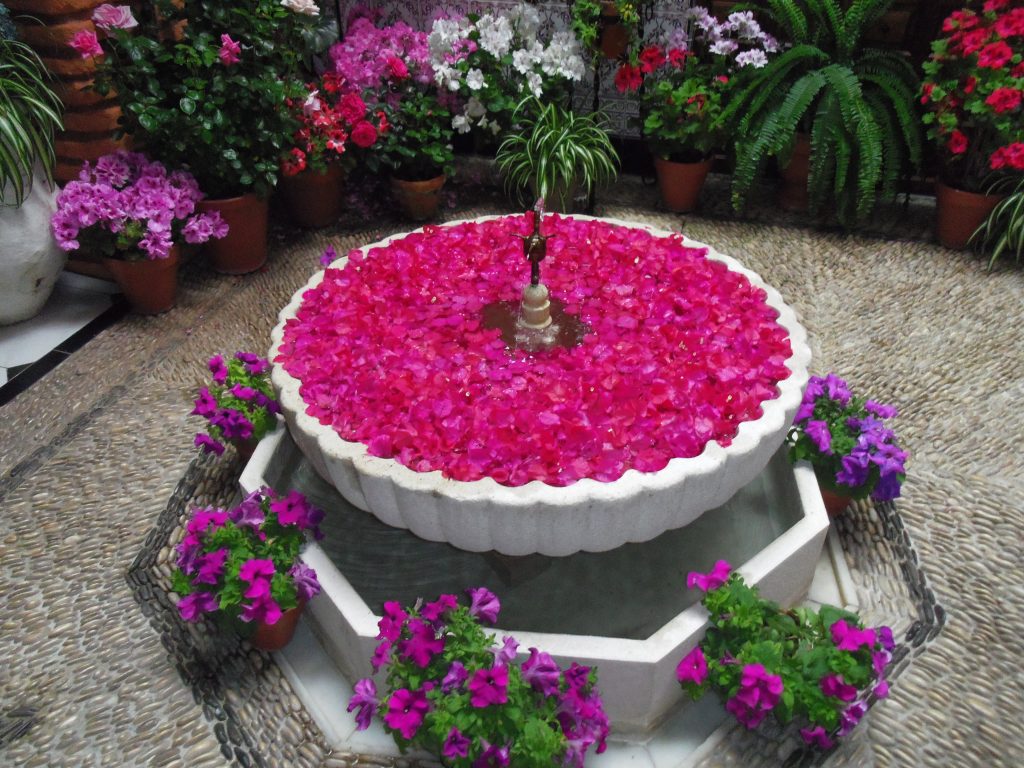
4 – Carnival – 8th-18th February, Cadiz
Everyone’s heard of the carnival. Just the mention of the word conjures up images of drums and latin bodies shimmying for all they’re worth! Cadiz is the home of the largest carnival in Spain. Every year, people travel for miles to get down to the coast and join in the street party. Cultural performances and parades are put on through the week.
3 – Romeria del Rocio – Pentecost, El Rocio
Spain is famed for many things, not least among them is its religious festivals and pilgrimages. Seville has one of the largest Holy Week celebrations in the world and you may well have heard of the pilgrimage to Santiago de Compostella. By the time Pentecost comes around, however, Spain decides to up the ante and combine the two to create La Romeria de El Rocio. The weekend sees much revelry occur in the small town. Early on Monday, members of the Almonte brotherhood barge into the church and fight to have the honour of carrying a figure of the virgin out of the church. It’s quite a surreal site to see this statue swaying precariously atop a crowd of eager pilgrims as they process out of the church. After this procession, the rest of the day will pass in much the same vein as the rest of the pilgrimage, with a copious amount of singing dancing, eating, and laughing, all washed down with delicious glasses of sherry. Put simply, this festival is the best of Spanish culture and traditions concentrated into one fun-filled weekend.
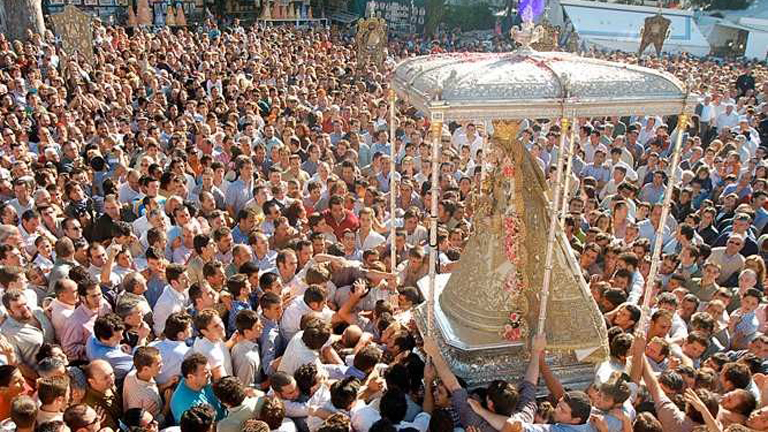
2 – Semana Santa – Easter, Seville
Seville has the largest Holy Week celebration in the world. Large Brotherhoods train year round to carry large floats on their heads during the Easter Processions. Thousands of people take to the streets hidden under tall hoods surrounding the float which depicts a scene from the passion. Twenty people at a time will be under the float, carrying it on their heads. They switch the people underneath at regular intervals to prevent too many injuries, but even so, specific units of hospitals open to deal with injuries caused by this act. In Seville alone, there are 60 different brotherhoods who take part in the Semana Santa processions. Through sheer magnitude alone this has to be considered one of the best festivals in Seville.
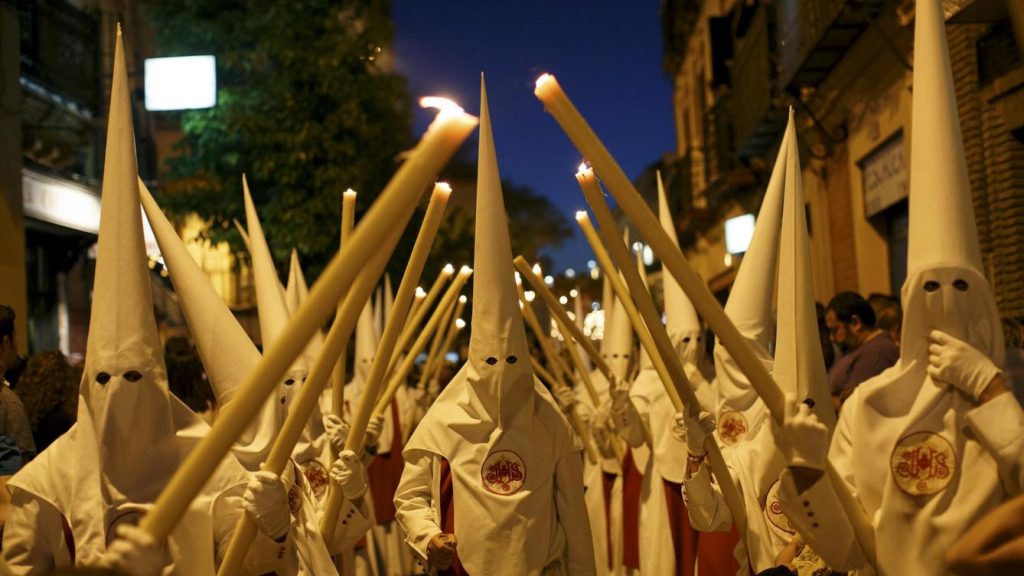
1 – Feria de Abril – 2 weeks after Easter, Seville
Feria de Abril is the creme de la creme of Spanish festivals and Seville knows it. Whilst Easter may signal the start of party season in Andalusia, it’s not until the April Fair two weeks later when Sevillanos really let loose. No list of the best festivals in Seville would be complete without it. Put simply, Feria is an annual celebration of food, fun, and frivolity. The locals take the importunity to wear their finest traditional dresses, ride horses, and drink sherry. There are even special folk dances which are only ever performed at the April Fair. The Fair is such a big deal, that even though these dances are only two weeks of the year, everybody knows them!
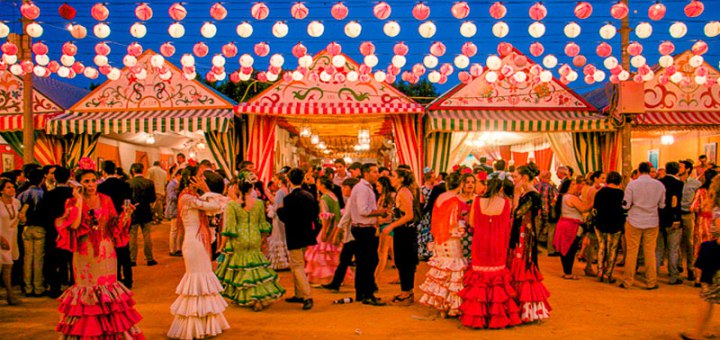
So there you have it, the best of Spanish festivities in a nice neat blog for you!! We hope this has inspired you to come and join us in a fiesta or two. Don’t hesitate to reach out to us if we can help you with any aspect of planning your trip.
Davey Womack is a tour guide and avid traveller. Read more from his adventures in Spain and around the world by visiting his personal blog.
